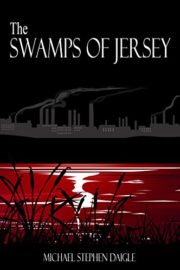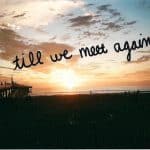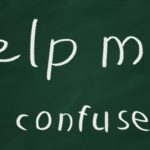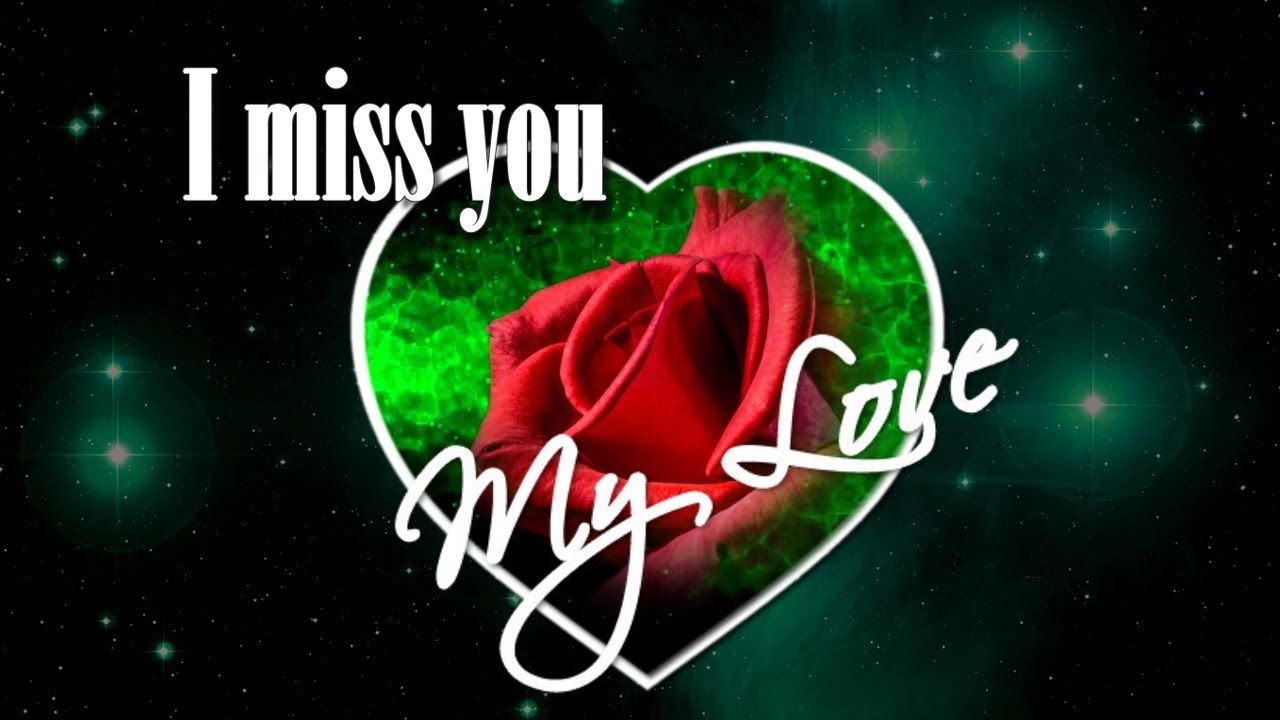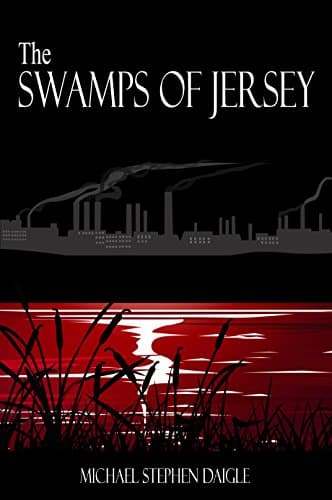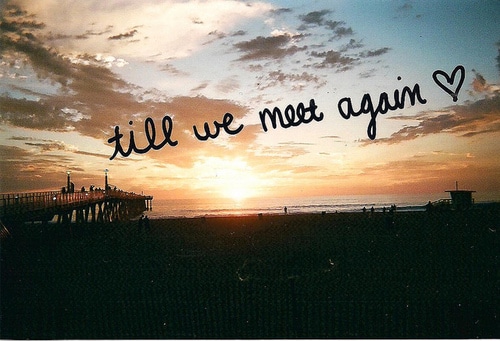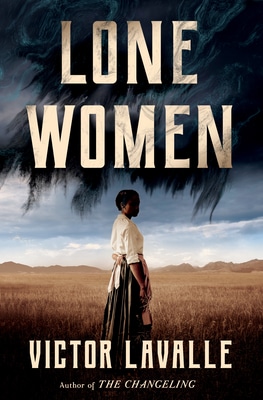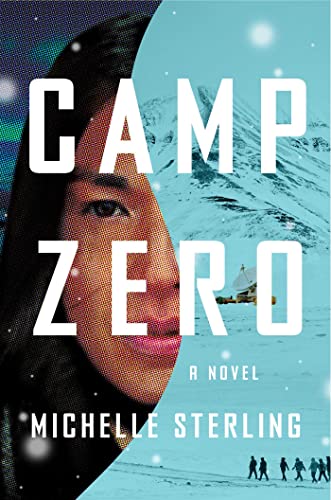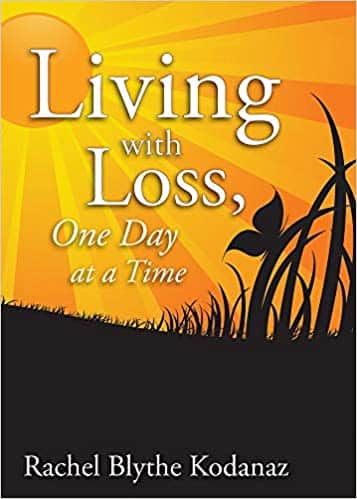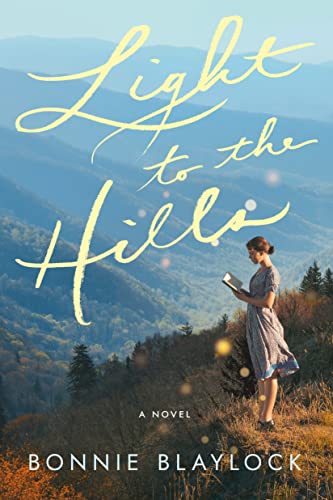The Swamps of Jersey by Michael Stephen Daigle is the first of the Frank Nagler series. Having read the fourth one - The Red Hand, I thought this was an excellent time to read the first in this impressive deceptive series. It was, in fact, an excellent decision. Understanding Frank Nagler better now, I plan to read the next two and the Red Hand to be ready for the fifth book Dragony Rising.

I Miss Jan More Every Day!
Today, I’m missing Jan! I have mastered the activities of daily living alone (ADLA), but that does not replace her. She was and is the love of my life, and I need her in so many ways.
Life must go on, but without her, my heart has shattered into a million pieces. As I sail back to the Community of Love, I delicately pick up the pieces and try to glue them back together.
Every day, I build a life that includes her but allows me to manage without her.




